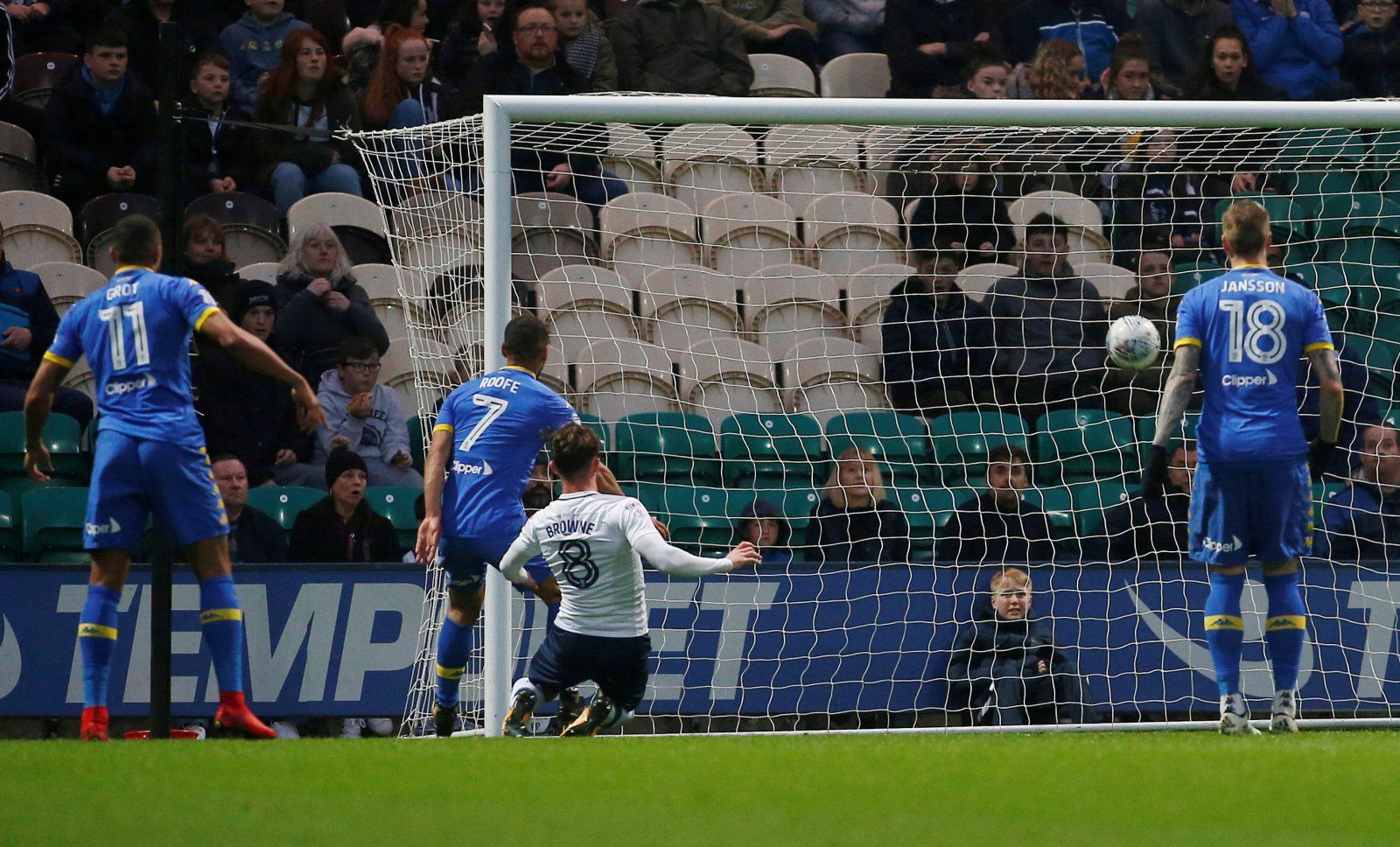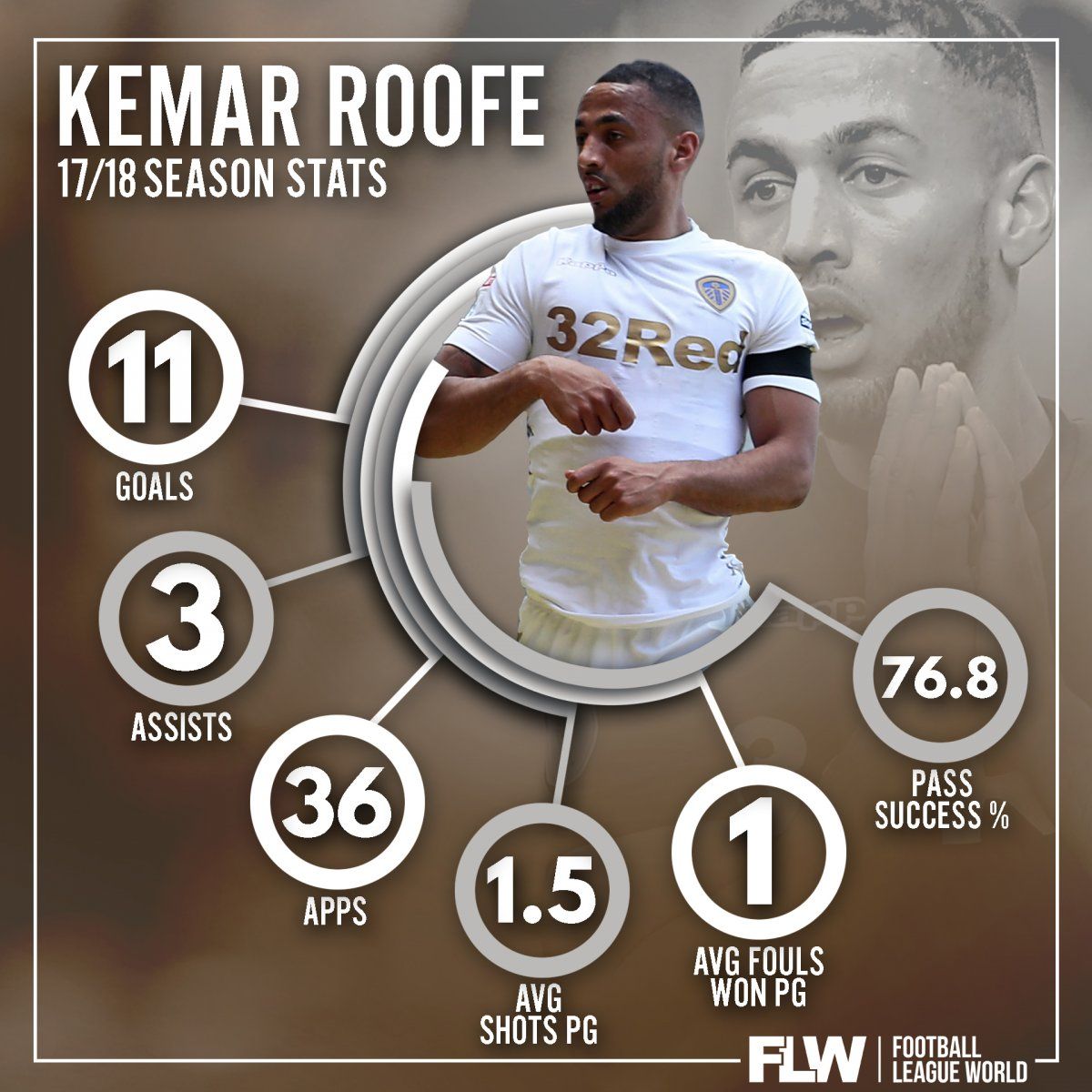Kemar Roofe performed above expectations in a struggling Leeds side.
Leeds finished the season in 13th after failing to impress under Thomas Christiansen or Paul Heckingbottom. However, they lacked the necessary quality to successfully challenge for the top six with both managers having the unenviable task of trying to match expectations with a squad that wasn't up to the task.
They lacked a prolific striker to lead the line as well as a solid defence to absorb opposition pressure, which left them at a huge disadvantage when playing the top teams. Roofe spent the majority of the season out of position as he was played in a variety of roles.
Roofe's best position is playing off a lone striker as a support striker or a inside forward, but Pablo Hernandez's importance means that the central attacking midfield role is often occupied so Roofe is usually restricted to the wing.
His contributions are impressive considering he rarely played in a central position because he scored 11 goals and provided three assists in 36 league matches. Roofe's incisive runs into central areas from wide positions would work well with Matt Smith because the QPR striker attracts players through his ability to hold on to possession and leaves openings to exploit.
He averaged 1.5 shots per game, which is relatively high considering the roles he played, but his shot conversion of just over 12% is good. Roofe is also useful as an outlet or passing option in the final third because he averaged a foul won per game. However, he needs to work on his passing because he averaged 76.8%.
QPR had a fluid attack under Holloway which worked around Smith as a central focal point. They are likely to play in a relatively similar level of attacking fluidity under Steve McClaren, but more expansive and less reliant on direct balls. Roofe's versatility would add to McClaren's options without costing a lot, with a role just behind Smith being ideal.


